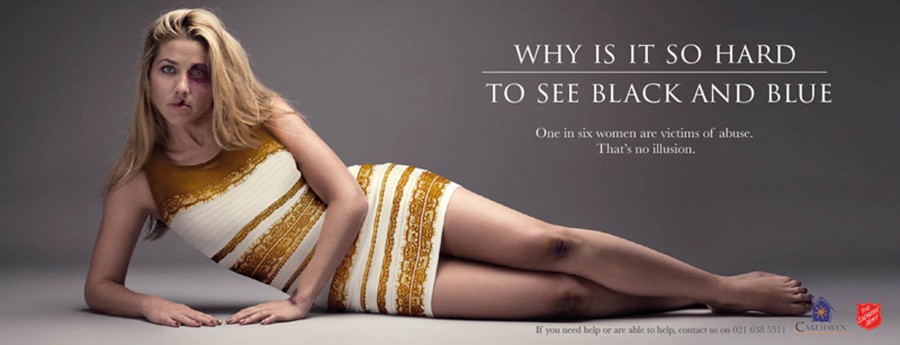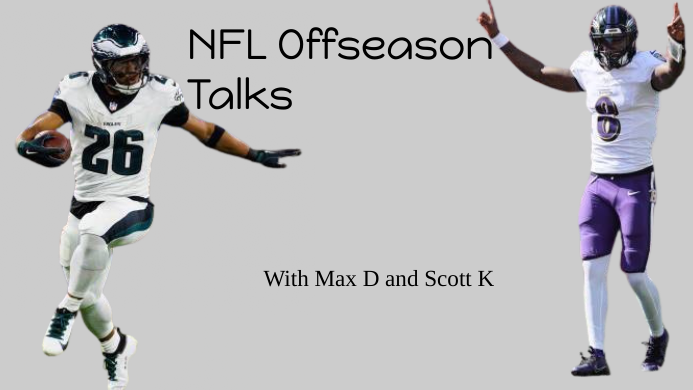The Dress Debate: An important message in any light
March 18, 2015
“What color is this dress?”
That was the question buzzing across social media in February.
On February 26th, “The Dress” went viral on Twitter, Instagram, Facebook and all forms of social media using the hashtag “#TheDress.” It became a world-wide debate with over a million tweets within an hour. Celebrities like Justin Bieber, Kim Kardashian West, and Ellen Degeneres posted about the dress on Twitter, and the number of tweets broke social media records.
The dress was originally posted on tumblr by Caitlin McNeill, a Swedish folk singer. The girl was featured on Ellen on March 3, and she was shocked to see that the dress made such an impact on people around the world.
At first, the hashtag #TheDress was viral because of people seeing different color combinations on the photo of The Dress like black and blue, and gold and white (different according to the person). In a recent Lancer Media poll, more people saw gold and white than saw black and blue. Sixty two percent of people saw white and gold while 15% saw black and blue.
There are many theories to as why The Dress appears to be different colors to different people, including theories like poor lighting, an optical illusion, the mood of the viewer, and the dominance of the right or left brain. Actually, the dress is BLUE!
After the initial curiosity, The Dress brought attention to The Salvation Army. An advertising agency, Ireland/Davenport, created the new message in recognition of International Women’s Day, March 8. “Why is it so hard to see black and blue?” This advertisement is used to raise awareness about domestic violence against women.
The Dress has become the perfect opportunity to inform people about domestic violence and why it’s so hard to spot among women. The campaign drew a women dressed in a gold and white dress, covered in black and blue bruises after being a victim of domestic violence. So, why is it so hard to “see black and blue,” you might ask? The answer is simple… Because the women cover the bruises with white and gold makeup.
The dress has created controversy among many groups of people, taking a small (and pointless) viral photo, and turning it into something important. The campaign made for the Salvation Army is very “popular” among the teen population, as it sends a powerful message to all who come across it online.
Domestic violence goes unnoticed more often than it gets noticed. You don’t see the black and blue because of forces that counteract with the colors, such as makeup. In a “deeper” sense, more people see white and gold than they do black and blue. Domestic violence is a pattern of behavior used to establish power and control over another person through fear and intimidation, often including the threat or use of violence.
The topic still remains as an optical illusion, but in a different way. The new powerful message creates awareness to the fact that there is a victim of domestic violence every 15 seconds and it goes unnoticed. The advertisement states that it’s “only an illusion if you think it was her choice,” which is what the Salvation Army wanted to express in words that would show how wrong and hurtful domestic violence is.
According to Safe Horizon, 1 in 4 women or children are victims of domestic violence in their lifetime. Statistics show that 75% of domestic violence victims receive little to no help because they keep it hidden from others or go unnoticed. About twenty-five percent of domestic violence victims receive help because they are noticed, which is a lower percentage than the ones that do get the help they need.
The Salvation Army is responsible for the powerful campaign. The Salvation Army branch talked to Buzzfeed News and said, “For the past few days the internet has been swarming with comments about ‘the dress’ – overall people have been commenting how they hate the fact that an insignificant thing like this could take priority on the internet over more pressing topics such as abuse,” the company said.
The complaints quickly began calming down after the ‘powerful’ image rose to the surface. The advert informed people of the safe home for abused women, and the advert alone has helped over 5,000 people receive the help they need.
The advertising agency, located in Johannesburg, created the entire campaign in 24 hours, from concept to publishing.






